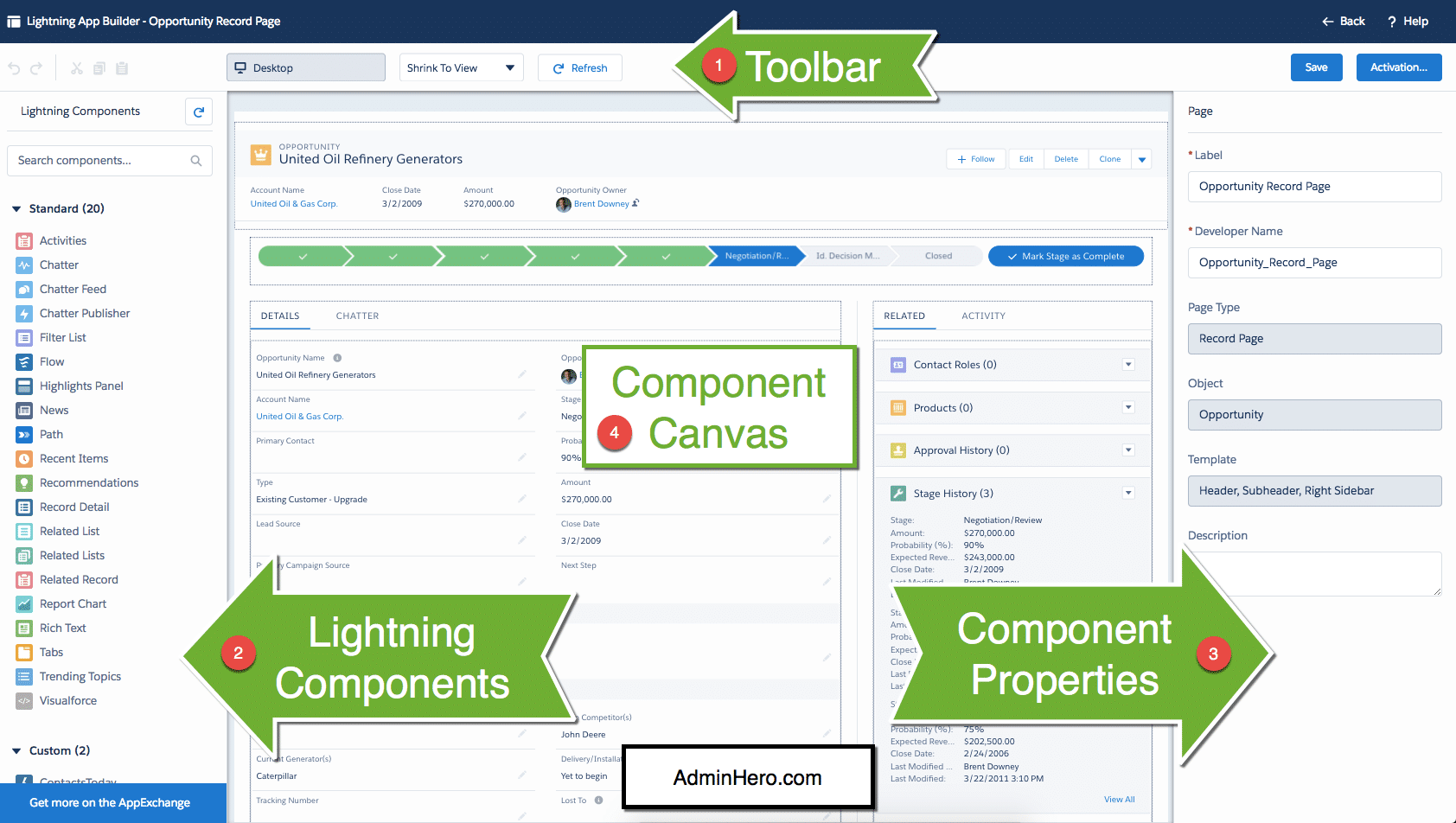


Apex Extensions – Apex Extensions can easily manage optional logical operations that are not accessible using standard controllers.

JavaScript – JavaScript can manage client-side processes and can be used with CSS to customize the UI.Ĥ. Custom Controller – Apex code can easily handle server-side implementations at the Visualforce page.ģ. Visualforce Page – A mark-up language similar to HTML which is leveraged in designing page layouts.Ģ. These tags work well with standard or custom controllers to make the database and other operations easier to implement.ġ. Visualforce: The Visualforce framework has a set of tags fixed on the server-side. The Basic Anatomy of Visualforce and Lightning Components To figure out who trumps who, let’s dive into this blog post. Going for the Visualforce or Lightning way is a classic dilemma. It has a set of server-side controllers that enable you to build apps that align with Lightning Experience or even your own custom interface.Īnd even with the entry of Lightning and constant promotion from Salesforce towards Lightning, Visualforce isn’t going away anytime soon. On the other hand, the fan-favorite Visualforce is a UI framework that comprises tag-based markup language. It enables you to build dynamic business web applications that are compatible with mobile and desktop services. Salesforce’s Lightning is a modern UI framework.

Salesforce offers two ways to design and create custom user interfaces, Visualforce and Lightning.īoth these methodologies are powerful in their own ways. Dupe Manager – Simplified Data Deduplication.GuideIn – Building Walkthroughs on Salesforce Communities.Email to Case Advance – Streamlined Case Management.ScoreNotch – Dynamically Gamified Communities.Sinergify – Salesforce and Jira Integration.Salesforce Knowledge and Khoros Connector.Cartiveo: Shopify Marketo Integration Connector.Maginate: Magento Marketo Integration Connector.WordPress Marketo Integration Connector.Onemark – A Pre-fill Solution for Marketo Forms.


 0 kommentar(er)
0 kommentar(er)
